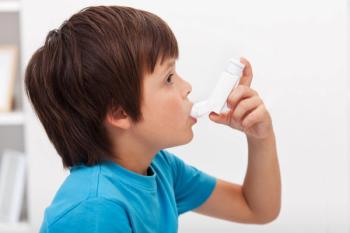
Dupilumab improved lung function and reduced severe asthma exacerbation rates in children with moderate to severe asthma with or without atopic comorbidities.

Dupilumab improved lung function and reduced severe asthma exacerbation rates in children with moderate to severe asthma with or without atopic comorbidities.

Pediatric patients with asthma and their caregivers are faced with significant health and cost burdens, and biologics provide an opportunity to improve quality of life and asthma control, according to a panel of experts.

Patients with comorbid chronic rhinosinusitis (CRS) with nasal polyps and severe asthma reported significant improvement in their sense of smell when treated with the biologics omalizumab, mepolizumab, reslizumab, or benralizumab, with no significant differences observed between the treatment groups.

In this new study, researchers wrote of the implications that detailed an association between asthma and exposure to particulate matter less than or equal to 2.5 mcm.

Patients with aspirin-exacerbated respiratory disease (AERD) who initiated treatment with dupilumab as an add-on asthma or chronic rhinosinusitis with nasal polyps therapy reported rapid clinical improvement that was sustained after 3 months.
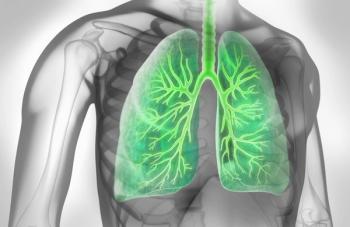
Using an inhaled glucocorticoid in addition to usual care reduced the rate of severe asthma exacerbations and improved other markers of disease severity.

The study is the first to find an association between adults with asthma and the risk of obesity developing later.

Researchers outlined 3 mechanisms in which PM2.5 induces asthma, all of which they say are tied to oxidative stress balance.

The research, conducted in Germany, found that biologic treatment for asthma resulted in reduced health care resource utilization (HCRU), as seen in fewer hospitalizations and oral corticosteroid prescriptions as well as less sick leave.

Predictive models can help find high-risk patients with asthma and manage them proactively, but prior models miss the highest-risk patients and may mislabel low-risk patients.

Across 3 disease states, dupilumab has been shown to create rapid, clinically meaningful responses that were sustained, which could improve adherence and the patient-provider relationship.
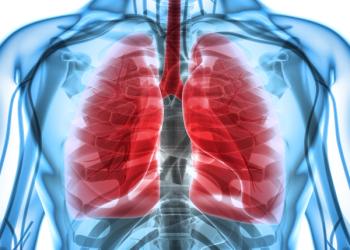
Genetically predicted insomnia is a risk factor for allergic disease and asthma, according to a recent Mendelian randomization study.

Researchers identified 5 distinct clusters for disease exacerbation that went beyond disease labels for both asthma and chronic obstructive pulmonary disease (COPD).
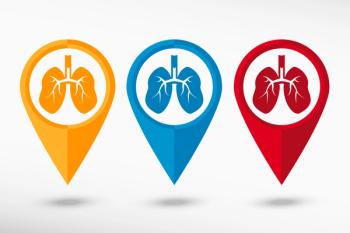
Patients with severe asthma continue to have residual disease despite initiating treatment with biologics, and severe uncontrolled asthma is associated with higher economic burden compared with controlled asthma, according to 2 posters.

UnitedHealth Group will buy LHC Group for $5.4 billion as part of its home health care expansion plan; the FDA approved a second COVID-19 booster dose for adults aged 50 and older; a study found differing patterns of clinic and emergency department acute-care use between White, Black, and Latino or Hispanic children with asthma.

The researchers conducted the study in order to clarify the role of inhaled corticosteroids (ICS) in adrenal suppression.

Investigators assessed potential biomarkers associated with poorly controlled asthma among patients in Tunisia.

Recent research presented at the 2022 American Academy of Allergy, Asthma & Immunology Annual Meeting examined different aspects of the use of biologics for severe asthma.

Full approval by the FDA follows tentative approval for the complex drug delivery advice for asthma and chronic obstructive pulmonary disease (COPD) granted by the FDA last week amid a patent dispute.
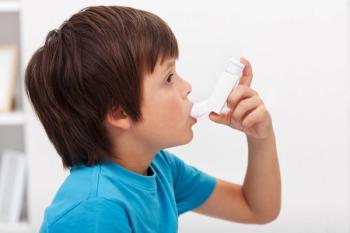
Quality of life for children with asthma may be influenced by psychological and sociocultural determinants of health.

Although asthma disproportionately affects Blacks and Hispanics in the United States, they are more likely to be dissatisfied with their care teams as well as underrepresented in research, according to abstracts at the 2022 American Academy of Allergy, Asthma & Immunology (AAAAI) Annual Meeting.
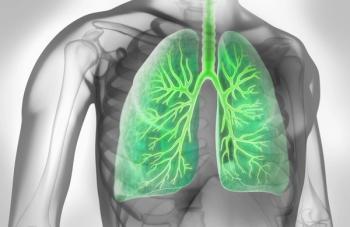
A recent study found that men, smokers, and older people are more likely to have asthma symptoms without a diagnosis of asthma, which can likely be attributed to other factors regarding their overall health.

Previous research has shown the health effects of obesity, including the decline in lung function. New research highlights obesity is a risk factor for asthma and chronic obstructive pulmonary disease in premenopausal and postmenopausal women.

A recent review noted the impact of low medication adherence and health literacy on patients with difficult-to-control asthma, which supports the need for interventions that could improve both aspects of patient care.
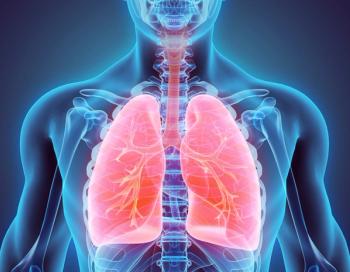
Researchers in Italy describe their findings indicating the combination of type 2-high severe asthma and bronchiectasis should be considered an emerging phenotype.

259 Prospect Plains Rd, Bldg H
Cranbury, NJ 08512
© 2025 MJH Life Sciences®
All rights reserved.
